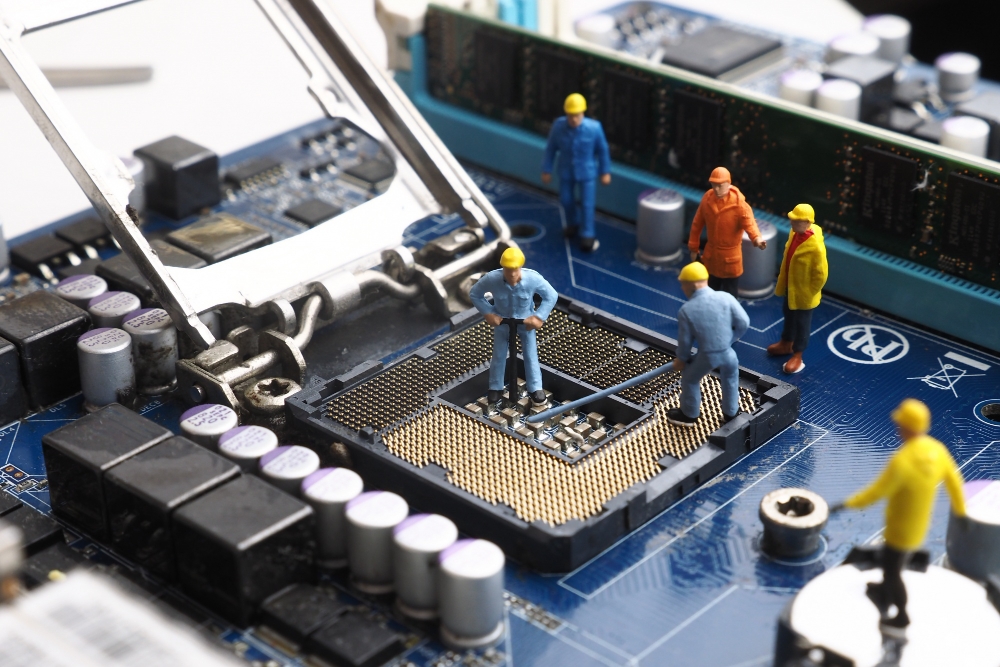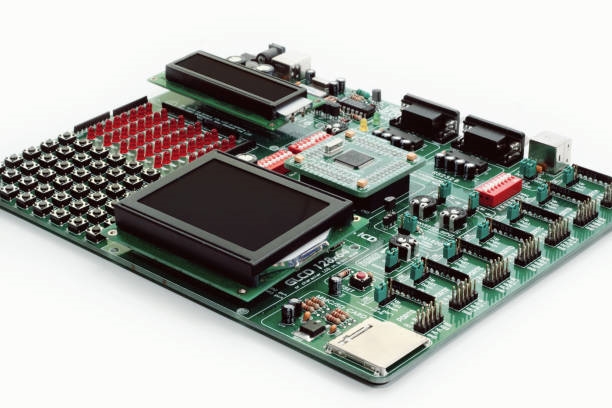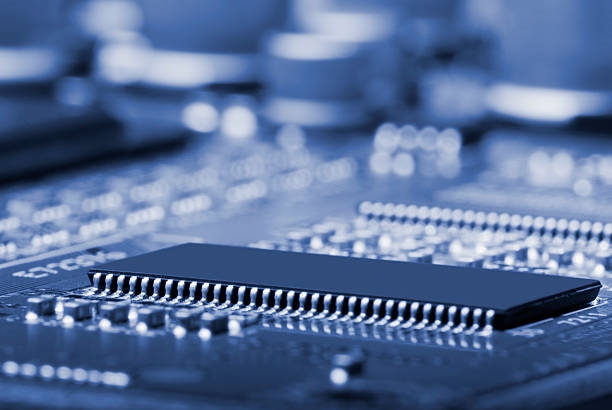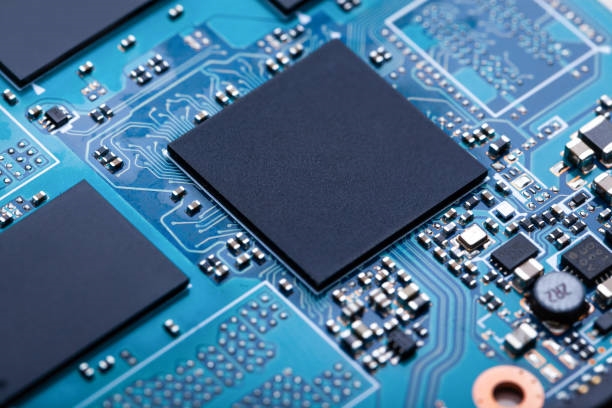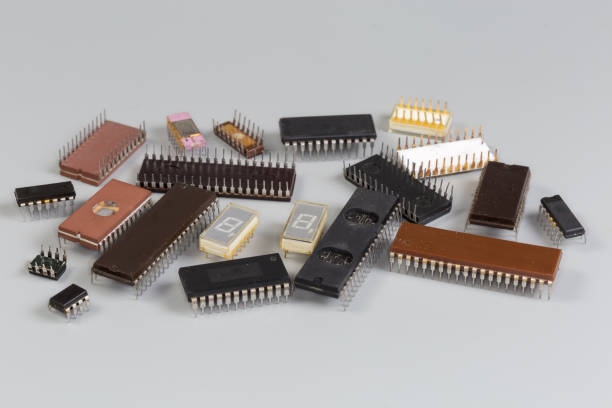Differences Between Microprocessors and Microcontrollers
A microprocessor is the Central Processing Unit (CPU) of a computer system, but it is not a complete computer on its own. A microcontroller, on the other hand, integrates a CPU with other interface circuits onto a single chip, giving it the basic functionality of a computer.
The key differences between microprocessors and microcontrollers are as follows:
- Hardware Architecture: A microprocessor is a single-chip CPU. In contrast, a microcontroller integrates a CPU, memory, and peripherals onto a single integrated circuit chip, forming a complete microcomputer system.
- Application Areas: Microprocessors are typically used as the CPU in microcomputer systems, a role for which they are optimized. Microcontrollers are primarily used in embedded systems that have specific and specialized requirements.
- Instruction Set Features: Due to their different applications, their instruction sets also vary. A microprocessor's instruction set is designed to enhance general processing capabilities, featuring powerful addressing modes and instructions suitable for handling large amounts of data.
- Integration Level: A microcontroller is a single chip created using Very Large Scale Integration (VLSI) technology. It integrates a CPU, Random Access Memory (RAM), Read-Only Memory (ROM), various I/O ports, an interrupt system, timers/counters, and sometimes other circuits like display drivers, Pulse Width Modulation (PWM) circuits, and A/D converters onto a single piece of silicon. This results in a small but complete microcomputer system with a high degree of integration. A microprocessor, which consists of a CPU made from one or a few LSI circuits, has a relatively lower level of integration.
- Features: Microcontrollers are characterized by high integration, on-chip storage, strong external expansion capabilities, and powerful control functions. Microprocessors are generally characterized by high performance and the ability to handle complex computations efficiently.
In summary, a microprocessor is just a CPU, while a microcontroller combines a CPU with other necessary interface circuits. Therefore, a CPU is not equivalent to a single-chip computer; it is merely one component.
An Advanced Learning Path for Microcontrollers
The process of learning about microcontrollers can be broken down into four stages:
- First, review the hardware sections of a textbook to gain a general understanding of the microcontroller's architecture, including its ROM, RAM, address space, and I/O ports. Reading manufacturer datasheets can also reinforce your understanding of the MCU's available resources.
- Next, learn about binary and hexadecimal number systems and software fundamentals. Although high-level languages are available for MCU programming, starting with assembly language is recommended as it helps connect software concepts directly to the hardware architecture.
- Familiarize yourself with the programming environment by following its user manual. Modern development environments typically connect to a PC, making them easy to learn for anyone with basic computer skills.
- Use a development board to learn the microcontroller's assembly language instruction set and practice simple programming. This stage combines hardware knowledge with software practice, allowing you to master programming while reinforcing your understanding of the hardware.
Initially, you can run simple, pre-written programs on a development board to test and analyze them. The main goal is to become familiar with the MCU's various interfaces, such as A/D and D/A converters, PWM outputs, and controllers for LCDs and VFDs. It is also important to understand communication protocols for serial interfaces. Before controlling external components, always analyze their drive requirements, such as current and voltage levels.
After becoming comfortable with assembly, it is advisable to learn C programming. C offers rich function libraries, fast execution speed, high compilation efficiency, and good portability, while still allowing direct control over system hardware.
C is a structured programming language that supports the top-down design techniques widely used in modern software development. Its excellent modular structure provides strong support for modular design methodologies.
Using C to write software for a target system can significantly shorten the development cycle, improve code readability, and simplify future modifications and expansions, enabling the creation of larger and more feature-rich systems.
 ALLPCB
ALLPCB


